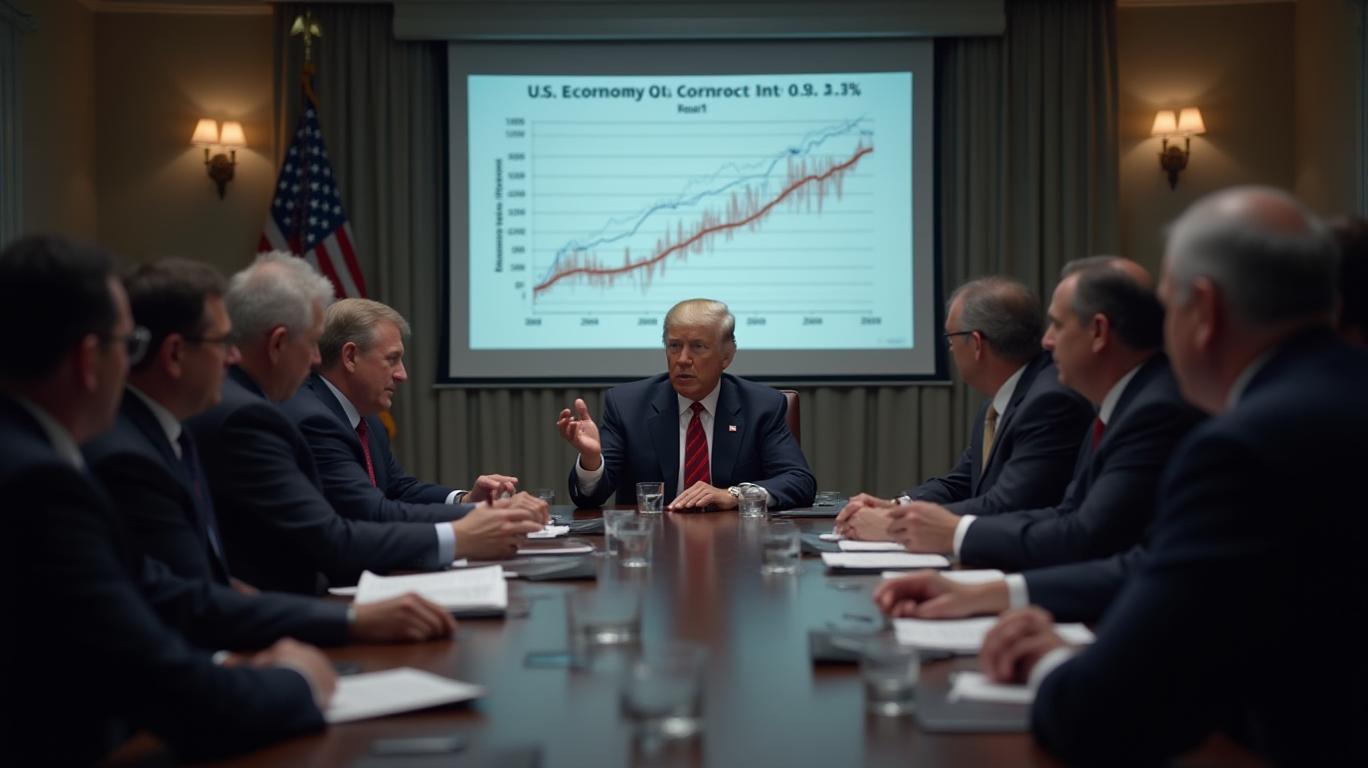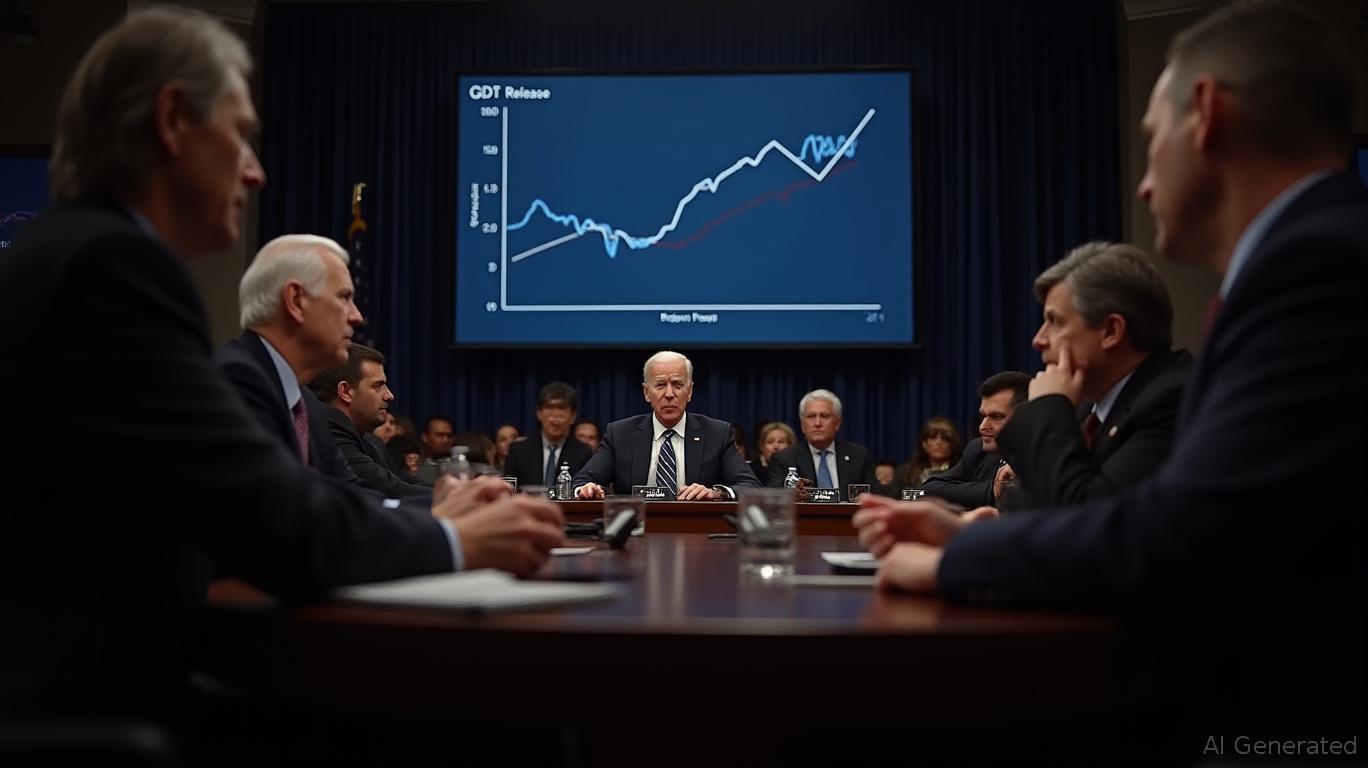U.S. Economy Contracts 0.3% in Q1 Due to Surge in Imports
The U.S. economy experienced its first negative growth since 2022, primarily due to a surge in imports. The U.S. government released preliminary data indicating that the country's GDP contracted by 0.3% in the first quarter of this year, marking a significant slowdown from the average growth rate of approximately 3% in the previous two years. This contraction was largely driven by a substantial increase in imports, which dragged down the GDP by nearly 5 percentage points.
Consumer spending, which accounts for two-thirds of the GDP, grew at an annualized rate of 1.8%, the lowest level since mid-2023. However, one bright spot in the report was the increase in business investment in equipment, which grew at an annualized rate of 22.5%. The surge in imports, driven by companies accelerating purchases ahead of potential tariff increases, contributed to a record-high trade deficit of $1620 billion in March. This deficit was primarily due to a 163 billion increase in imports to $3427 billion, while exports only rose by 22 billion to $1808 billion.
Economists have warned that the tariff policies implemented during the Trump administration are beginning to have a tangible impact on the economy. The uncertainty surrounding these policies has led to increased costs for businesses and households, contributing to the economic slowdown. While some analysts suggest that the large-scale non-monetary gold imports may have exaggerated the extent of the GDP slowdown, others argue that the fundamental pressure on the economy from tariff uncertainty remains unchanged.
The economic data released on April 29th highlighted the challenges facing the U.S. economy. The trade deficit's expansion, driven by the surge in imports, has had a significant drag on economic growth. The consumer confidence index, which has been declining for five consecutive months, reached its lowest level since the onset of the COVID-19 pandemic. This decline in confidence is largely attributed to concerns over rising prices and the impact of tariffs on the economy. The high inflation and stagnant income have led to a significant contraction in household consumption, further exacerbating the economic slowdown.
The tariff policies have had a ripple effect across various industries, with many businesses increasing their imports of goods such as mobile phones, computers, pharmaceuticals, and clothing in anticipation of higher tariffs. This has led to a significant increase in import levels, with the trade deficit reaching a record high of $1620 billion in March. The surge in imports has been a key factor in the economic slowdown, with some analysts predicting a contraction in the first quarter.
The economic outlook for the U.S. has been deteriorating rapidly, with economists lowering their GDP growth forecasts for 2025 from 2% to 1.4%. The probability of a recession in the next 12 months has also increased to 45%. The economic slowdown has been attributed to a combination of factors, including the surge in imports, the widening trade deficit, and the impact of tariff policies on the economy. The economic data released on April 29th has highlighted the challenges facing the U.S. economy, with some analysts predicting a contraction in the first quarter.




















